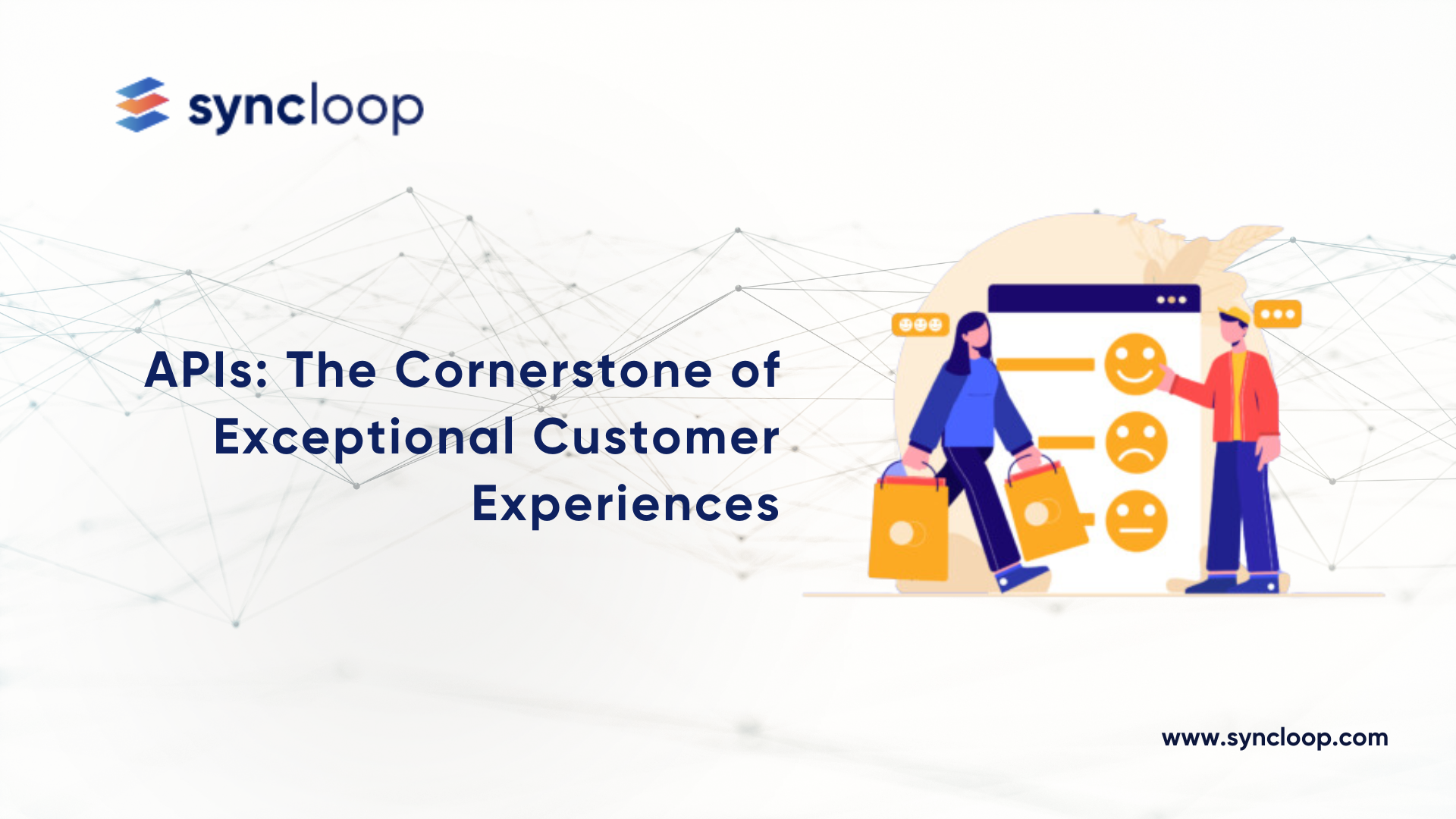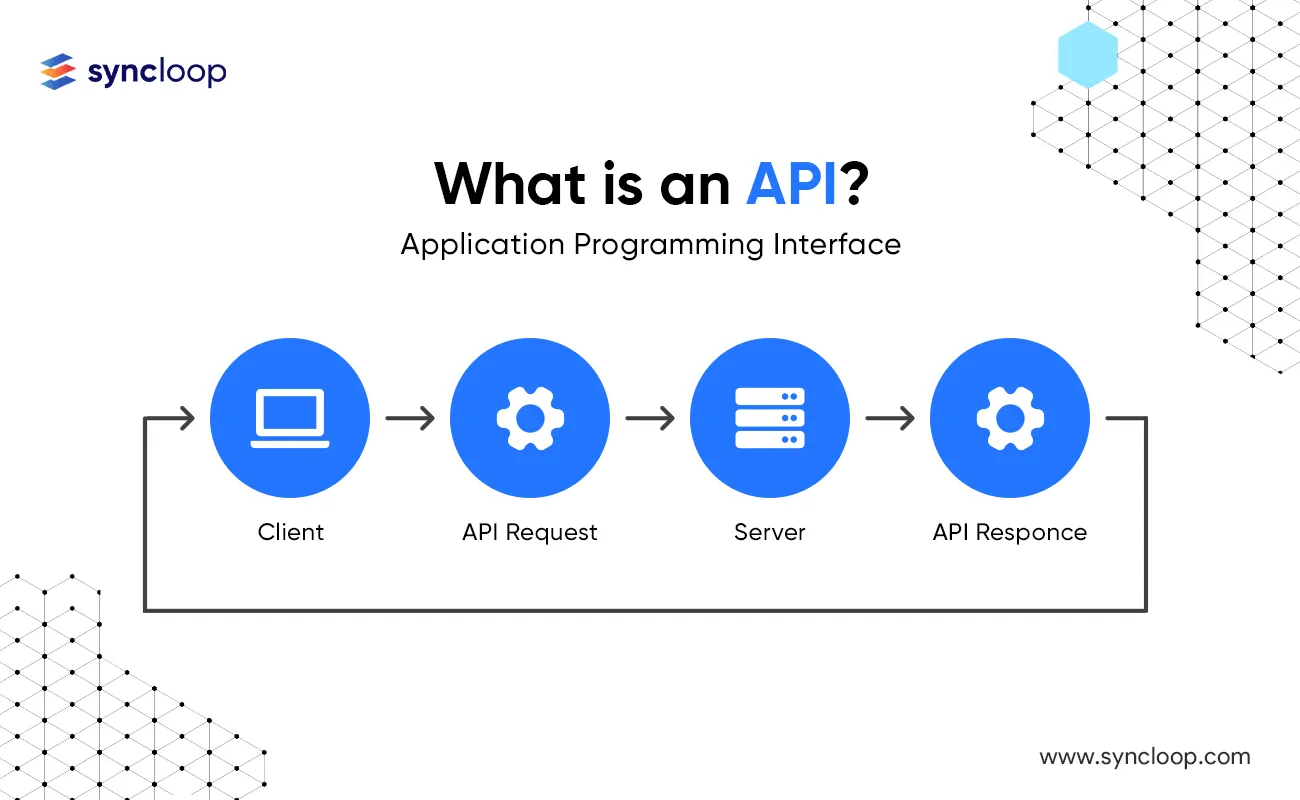APIs: The Cornerstone of Exceptional Customer Experiences
Posted by: Deepak | August 20, 2024

Categories: APIs, customer experience, personalization
In today's digital landscape, customers expect seamless, personalized experiences across multiple channels. APIs (Application Programming Interfaces) have emerged as the linchpin for delivering these experiences. By enabling seamless integration, data sharing, and real-time interactions, APIs empower businesses to create personalized, self-service journeys that delight customers.
The Power of APIs in Enhancing Customer Experience
APIs play a pivotal role in transforming customer experiences by:
- Enabling Personalization: APIs allow businesses to collect and analyze customer data from various sources to create tailored experiences.
- Facilitating Self-Service: By exposing functionalities through APIs, businesses can empower customers to resolve issues, access information, and complete transactions independently.
- Driving Omnichannel Engagement: APIs bridge the gap between different channels, ensuring a consistent and seamless customer journey across multiple touchpoints.
Personalization Through APIs
APIs unlock the potential for hyper-personalized experiences by:
- Collecting and Analyzing Customer Data: APIs can integrate with various systems to gather customer data, including demographics, preferences, purchase history, and behavior.
- Delivering Tailored Recommendations: By analyzing customer data, APIs can power recommendation engines that suggest products, services, or content based on individual preferences.
- Creating Personalized Offers: APIs enable businesses to create targeted promotions and discounts based on customer segments and behavior.
Example: A streaming service like Netflix uses APIs to collect user viewing data and recommend movies or TV shows based on their preferences.
Self-Service with APIs
APIs empower customers to take control of their interactions with businesses by:
- Providing Self-Service Options: APIs can expose functionalities that allow customers to manage their accounts, track orders, and access support resources independently.
- Enabling Chatbots and Virtual Assistants: APIs can be integrated with chatbots and virtual assistants to provide real-time customer support and answer frequently asked questions.
- Facilitating Account Management: APIs can enable customers to update their personal information, preferences, and account settings through self-service portals.
Example: A telecommunications company can use APIs to allow customers to manage their plans, view usage details, and troubleshoot issues through a self-service mobile app.
Omnichannel Engagement Through APIs
APIs are the backbone of seamless omnichannel experiences:
- Data Synchronization: APIs ensure consistent data across different channels, providing customers with a unified view of their interactions.
- Channel Integration: APIs connect various channels, such as websites, mobile apps, social media, and physical stores, to create a cohesive customer journey.
- Contextual Experiences: APIs enable businesses to deliver contextually relevant experiences based on customer behavior across different channels.
Example: A retail brand can use APIs to synchronize inventory data between its online store and physical stores, allowing customers to check product availability and reserve items for in-store pickup.
Integrating APIs for Enhanced Customer Experience
Here are some key considerations for integrating APIs into your customer experience strategy:
- API Design: Create well-defined and documented APIs that align with your business objectives and customer needs.
- Data Security and Privacy: Implement robust security measures to protect customer data and comply with relevant regulations.
- Performance Optimization: Optimize API performance to deliver fast and responsive experiences.
- Error Handling: Implement proper error handling mechanisms to provide informative feedback to customers and developers.
- Continuous Improvement: Monitor API usage and performance to identify opportunities for improvement and optimization.
Tools and Technologies for API-Driven Customer Experiences
Several tools and technologies can assist in building API-driven customer experiences:
- API Management Platforms: Platforms like Syncloop, and AWS API Gateway offer comprehensive solutions for managing, securing, and scaling APIs.
- TCustomer Data Platforms (CDPs): CDPs help collect, unify, and activate customer data for personalized experiences.
- iPaaS Platforms: Integration Platform as a Service (iPaaS) platforms like Zapier and Workato facilitate the integration of different systems and data sources.
- Chatbot and Virtual Assistant Platforms: Platforms like Dialogflow, IBM Watson, and Amazon Lex enable the development of AI-powered conversational interfaces.
Challenges and Considerations
While APIs offer immense potential for enhancing customer experiences, there are challenges to consider:
- Data Privacy and Security: Protecting customer data is paramount. Implementing robust security measures is essential.
- API Management Complexity: Managing a large number of APIs can be complex. Effective API governance and management are crucial.
- Integration Challenges: Integrating APIs with existing systems and data sources can be time-consuming and complex.
Conclusion
APIs are the driving force behind modern customer experiences. By leveraging APIs to personalize interactions, empower self-service, and create seamless omnichannel journeys, businesses can build stronger customer relationships, increase loyalty, and drive growth. By addressing the challenges and implementing the right tools and strategies, organizations can unlock the full potential of APIs to deliver exceptional customer experiences.
Back to Blogs

